Tunable structural color images by UV-patterned conducting polymer nanofilms on metal surfaces.
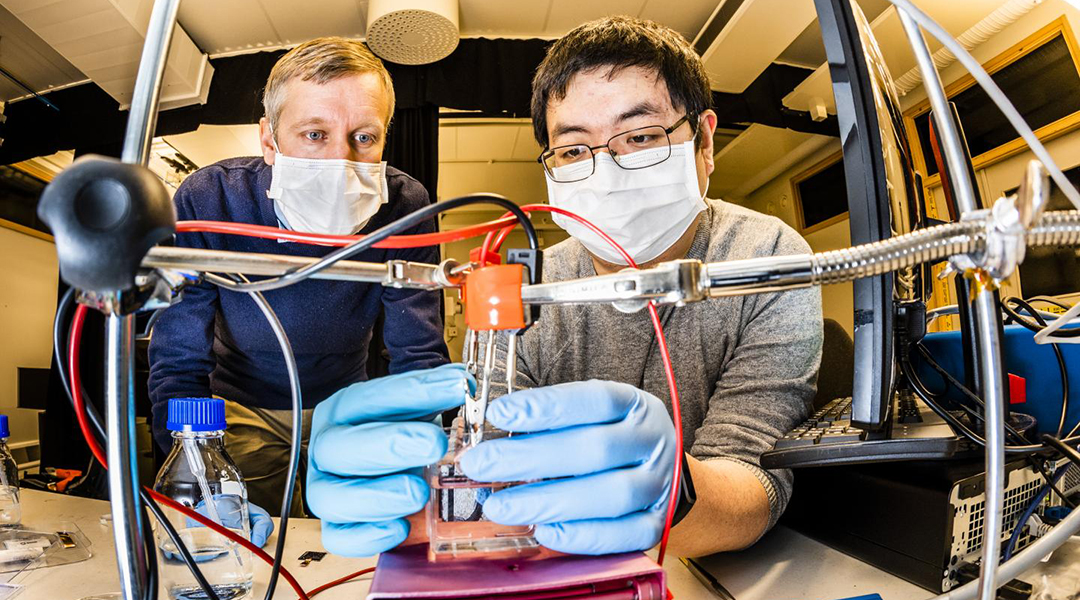

Tunable structural color images by UV-patterned conducting polymer nanofilms on metal surfaces.

The idea of connecting all physical things together: let’s delve into how the Internet of Things is changing the world.
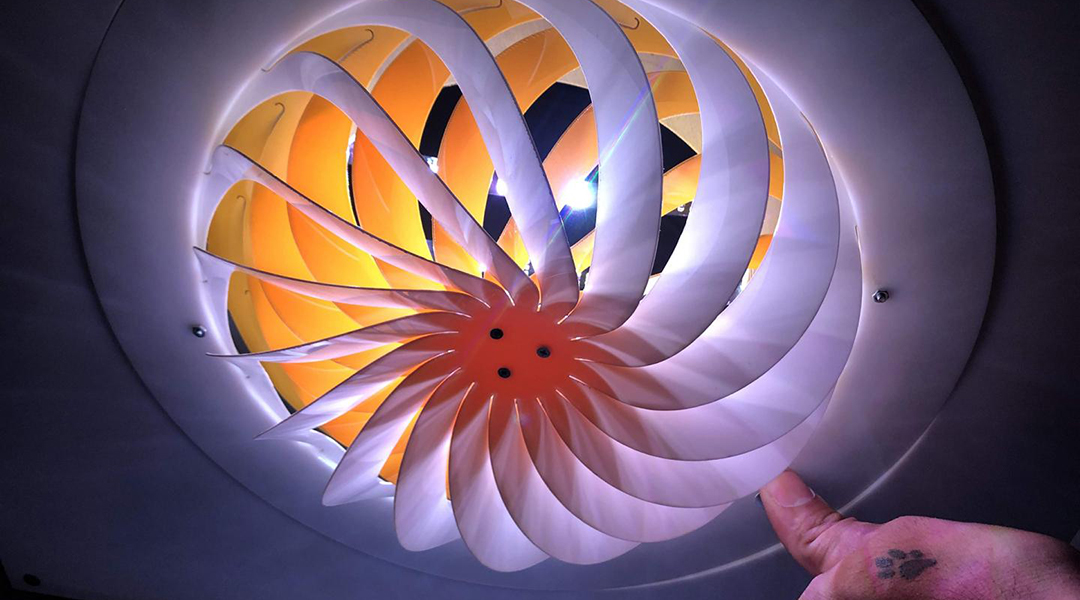
Kiriform structures harness buckling for stable, deployable structures.
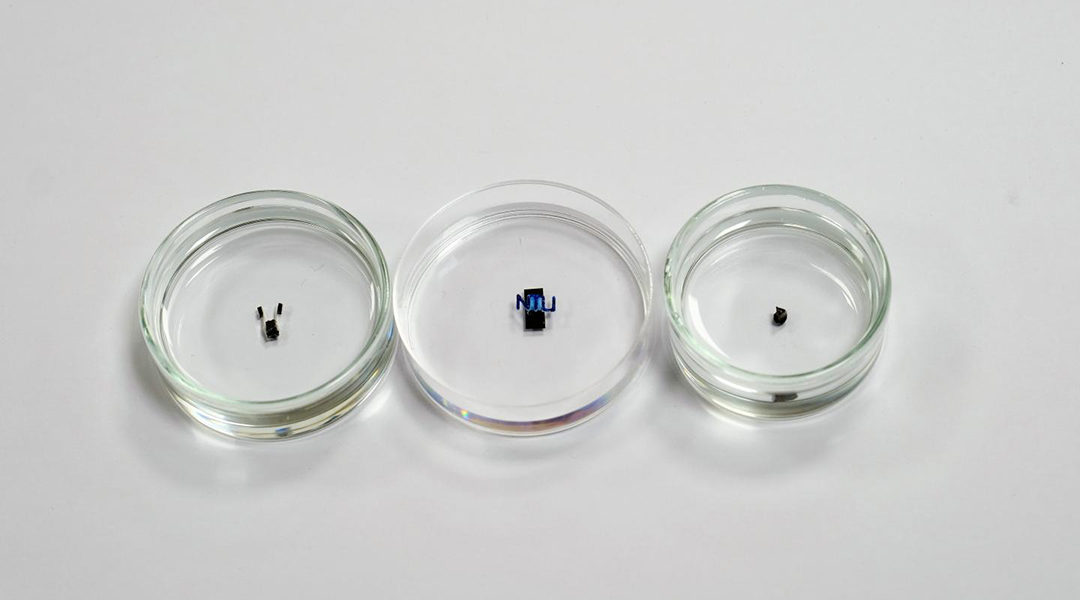
Researchers create swimming, moving, gripping miniature robots.
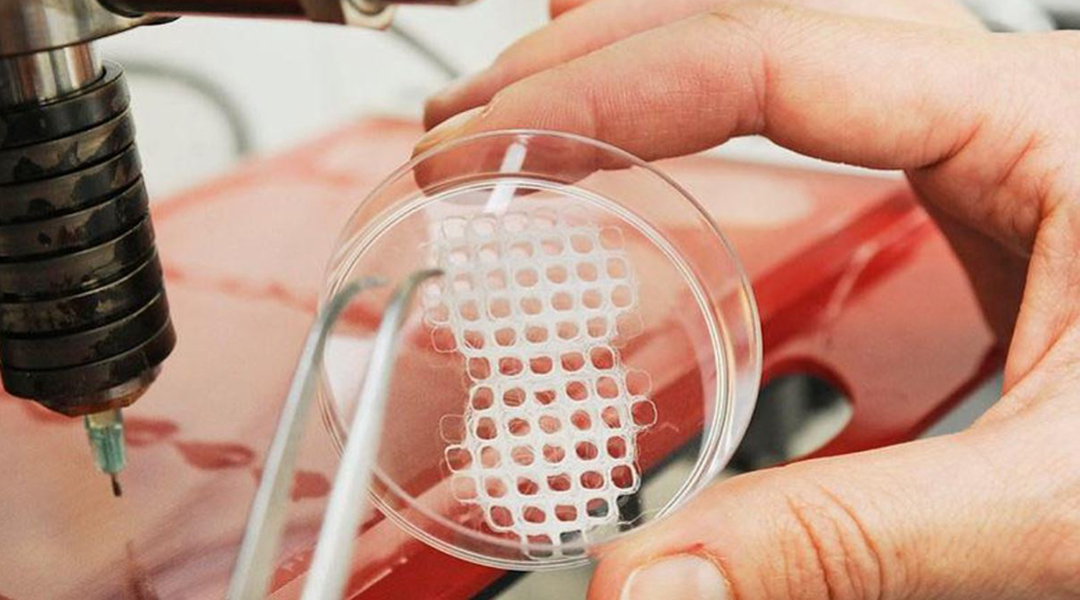
Machine vision and artificial intelligence can fine tune medical 3D printers to enable custom made tissue implants to suit the individual patient.
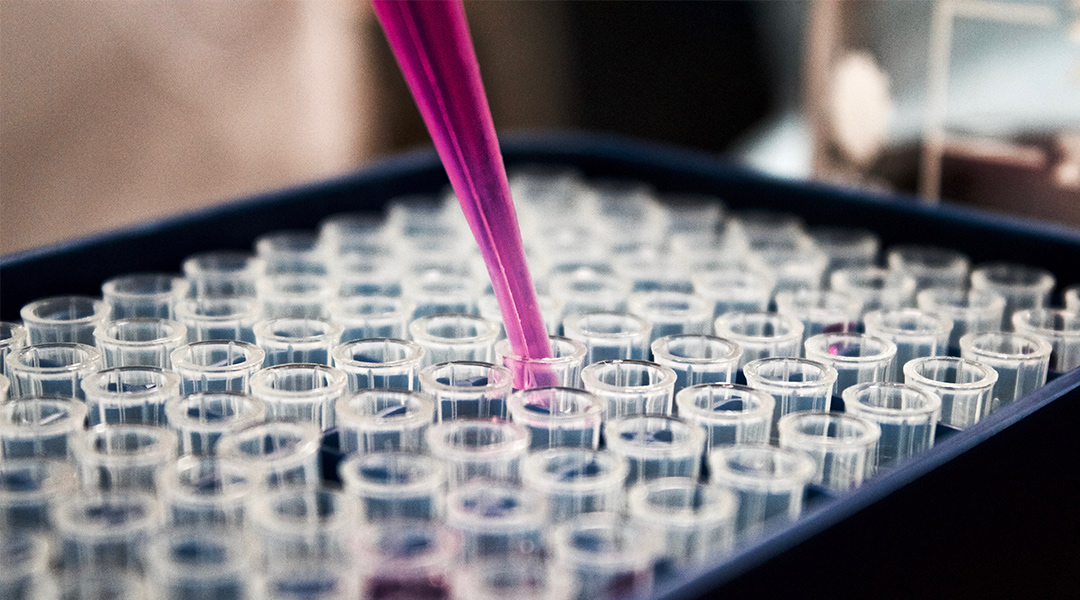
Scientists use 3D printing to combine fundamental biology research methods with high-throughput screening of cell culture surface topographies.
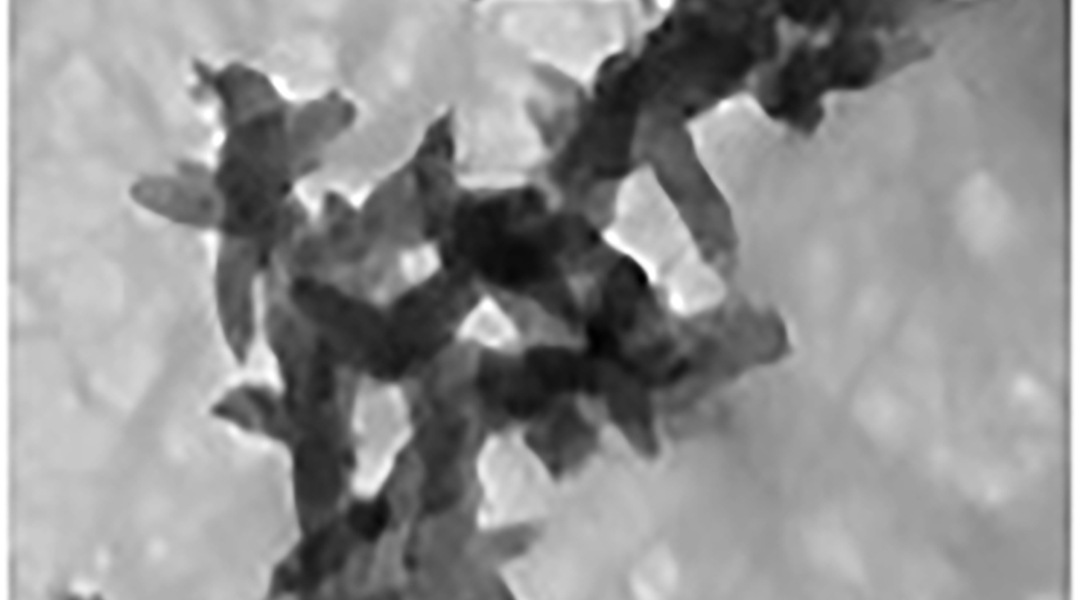
A conductive biomaterial that supports the growth of cardiac muscle cells and facilitates their synchronous beating holds great potential for cardiac tissue engineering.

Using silk proteins, researchers create crosslinking fibers that contain iron complexes similar to those used by sticky underwater sea creatures.
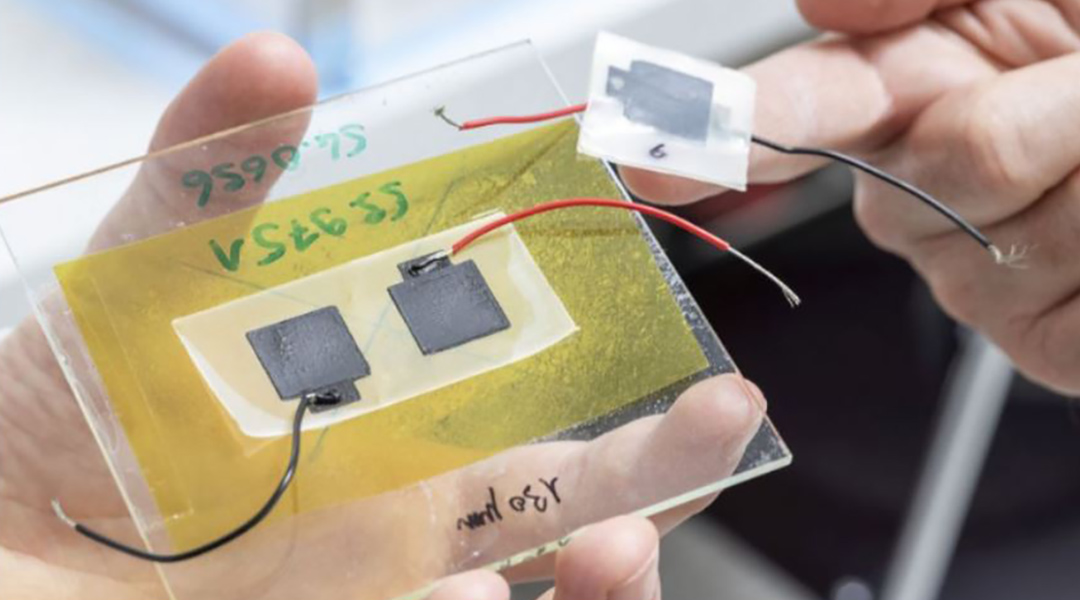
Researchers build a biodegradable mini-capacitor that consists of carbon, cellulose, glycerin, and table salt — and it works reliably.
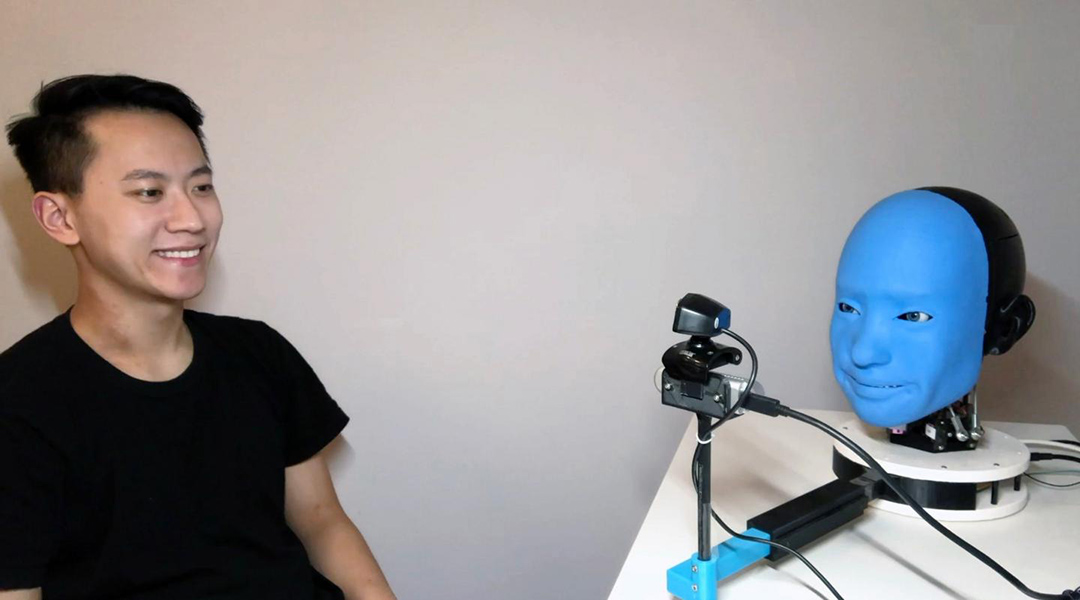
Researchers teach robots to make appropriate reactive human facial expressions, an ability that could build trust between humans and their robotic co-workers and care-givers.